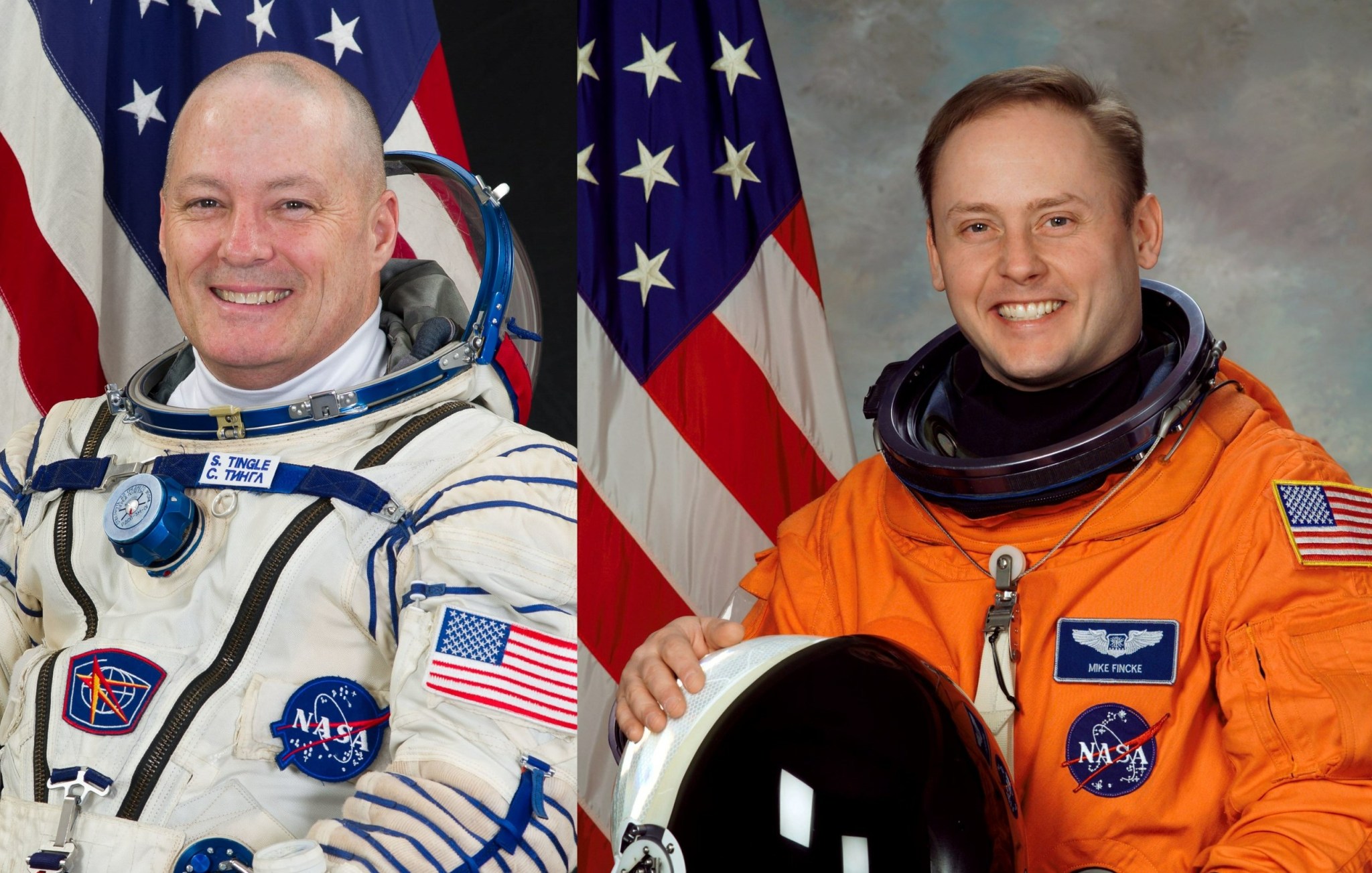
NASA has added two astronauts to the agency’s Boeing Starliner-1 launch to the International Space Station, the spacecraft’s first mission following completion of its flight tests and certification.
Astronauts Scott Tingle and Mike Fincke of NASA will serve as the CST-100 Starliner spacecraft commander and pilot, respectively, for the mission. Both astronauts have previously flown as crew members aboard the space station.
NASA astronaut Jeanette Epps remains assigned as a mission specialist on Starliner-1. Epps also continues cross-training on the Dragon spacecraft to protect for other flight opportunities.
The agency’s Starliner crew rotation missions to the space station will carry four crew members at a time. Future crew assignments for Starliner-1 will be made following review and approval by the agency and its international partners.
Starliner-1 will launch following the successful completion of NASA’s Boeing Crew Flight Test (CFT), which aims to demonstrate Starliner’s ability to achieve NASA certification and safely fly regular crewed missions to space station.
Boeing is targeting launch of its first test flight with astronauts in early February 2023, pending space station program approval, rocket manifest, and confirmation by the Eastern Range. Starliner will launch aboard a United Launch Alliance Atlas V rocket from Space Launch Complex-41 at Cape Canaveral Space Force Station in Florida.
After a successful CFT mission, NASA will begin the final process of certifying the Starliner spacecraft and systems for future crewed missions to the space station as part of the agency’s Commercial Crew Program.
For more than 21 years, astronauts have continuously lived and worked aboard the space station, testing technologies, performing science, and developing the skills needed to explore farther from Earth. Regular commercial crew rotation missions enable NASA to continue the important research and technology investigations taking place aboard the station and prepare for future commercial destinations in low-Earth orbit. As part of Artemis, NASA will send astronauts to the Moon to prepare for future human exploration of Mars. Inspiring the next generation of explorers – the Artemis Generation – ensures America will continue to lead in space exploration and discovery.
Learn more about NASA’s Commercial Crew Program at:
https://www.nasa.gov/commercialcrew
-end-
Joshua Finch
Headquarters, Washington
202-358-1100
joshua.a.finch@nasa.gov
Brittney Thorpe / Jennifer Wolfinger
Kennedy Space Center, Fla.
321-867-2468
brittney.thorpe@nasa.gov / jennifer.wolfinger@nasa.gov
Dan Huot
Johnson Space Center, Houston
281-483-5111
daniel.g.huot@nasa.gov
Joshua Finch
Headquarters, Washington
202-358-1100
joshua.a.finch@nasa.gov
Brittney Thorpe / Jennifer Wolfinger
Kennedy Space Center, Fla.
321-867-2468
brittney.thorpe@nasa.gov / jennifer.wolfinger@nasa.gov
Dan Huot
Johnson Space Center, Houston
281-483-5111
daniel.g.huot@nasa.gov

























